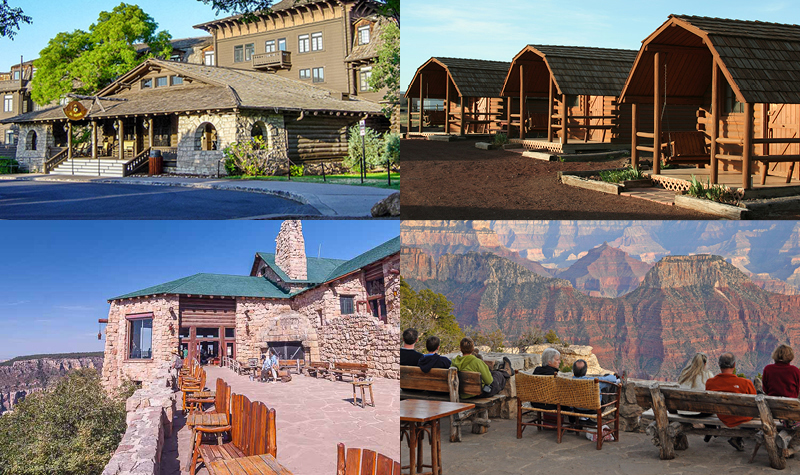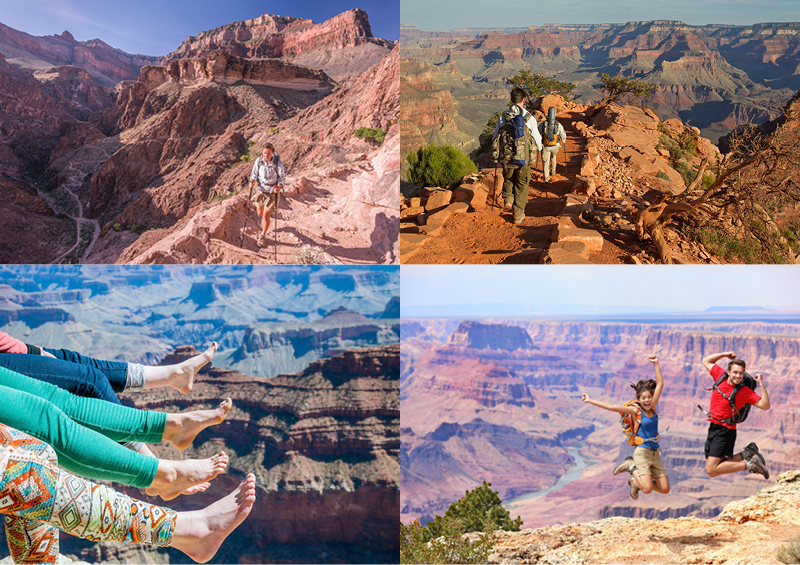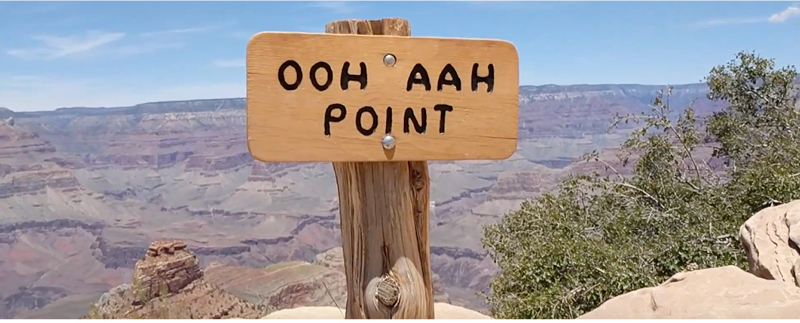It’s Starting

The signs of spring are all around us. Even around the Kowalski Heat Treating buildings.
Can you feel it? And smell it? Yep, spring is starting here on the beautiful Northcoast. Like a little kid anxious for summer recess, I just love this time of year. In so many ways – the air smells fresher, the sun’s rays seem to cast a different shadow on the ground, the sky is bluer, the ice begins to shrink on the Lake, and everyone just seems happier. I know for a fact that my significant other can’t wait to start to tackle the yard! In our KHT tradition, I thought I’d list a bunch of signs of spring’s arrival, sprinkled in with some of my own behaviors and observations. Enjoy. And if you have any ques of your own, shoot me an email or give me a call – would love to hear about them and share with our readers.
Snowdrops, daffodils and crocuses– This year, the first snowdrops were seen well in advance. The delicate flowers are now making their brief appearance and in some places daffodils and crocuses are already out. In my neighbor’s yard, a few have popped open. Brilliant!
Celandines(buttercups)- These flowers are called celandines, and they look a quite similar to buttercups. Keep an eye out for bundles of lesser celandine flowers in woodlands, hedgerows and in gardens. Their bright petals turn the ground into a sea of yellow; a reminder that the mild weather of spring and summer is yet to come.
Bumblebees– Bumblebees start buzzing around on warm days in spring – the best time to look out for them is in March and April. The first bumblebees during this time are the queens, searching for nectar and a good drink before finding the perfect grounds for her colony. Meanwhile, the mining bees will begin emerging from their underground cells, leaving small, neat piles of soil around the exit holes.
The Shedding of the Snow blowers– It’s about this time of year when the guys on the street move their snow blowers to the shed and drag out their lawnmowers and leaf blowers. Nothing like the sound of whining blowers, as the neighbors do a quick cleaning of their decks.
First Grilling– Can you resist that smell? My neighbors get brave again, fighting the chill in the air to get the first steak or ribs or chicken on the grill. In full disclosure, there really is nothing like grilling outside when it is snowing!
Frogs and Tadpoles– One of the first amphibians to emerge in spring is the frog. At this time, ponds come to life with frogs getting busy and laying their eggs, which look like small jelly-like bubbles floating in the water. On one of my runs, I could hear them calling early at sunrise.
Birds Singing– As the days gradually become lighter and temperatures start to lift, the birds begin to sing, rejoicing that the end of winter is close. Birds bring a wonderful soundtrack to spring that can be quite dazzling, the ones to listen out for include the song thrush, robin, bluejays and cardinals. I love the call of the cardinals early in the morning.
Wild Garlic– It’s a favorite amongst chefs and is one of the most sought-after cooking ingredients. Go for a stroll in the woodlands during springtime and you might come across the smell of ramsons – otherwise known as wild garlic. Wild garlic can be spotted by its lush green leaves that sprout in March, while its star-like white flowers appear in April.
Migrant Birds– During the transition period of winter into spring, many of us will start noticing winter birds leaving as the summer birds returning north. Being on the coast, we are a resting area before the trek across the lake – favorite include: woodpeckers, blackbirds, sparrows and of course my favorite, named …the yellow bellied sapsucker.
The First Cut– I resist it as long as possible, because we all know, once you make the “first cut” of the lawn, it’s a weekly chore. I have a few neighbors who love to be out there at the first sign of spring, lookin’ all perfect, before I’ve even reached for the pull cord.
Mulch Madness– After the first cuts of course, comes Mulch Madness. A favorite in our neighborhood, when landscapers and homeowners pull out the wheelbarrows, shovels and gloves and haul it around the yard. It has a unique smell – and not always a pleasant one!
Ducklings & Squirrels– One of the most common animals associated with spring is ducklings, as mother ducks start to take care of their new babies. While others that might be seen in the garden, park or in local farmlands include lambs, badgers, rabbits and chicks. And are all the squirrels just happy to be outside – most in my yard sprint back and forth on the patio, and up and down the trees.
Finally Taking Down the Holiday Lights– Yep, I too have a few neighbors who decided it’s warm enough to get out the ladder and finish taking down the lights. Doesn’t work at my house – Jackie keeps me on my toes right after the New Year.
Shootin’ Hoops– Growing up, we thought getting out on the driveway and shootin’ hoops was the best. With March madness in full swing and NBA playoffs near, the kids are reenacting the moves they see on TV. It keeps them active for hours, laughing and having fun. My favorite was playing PIG or HORSE… yours? . Here’s a link to some crazy crazy shots. Bet you can’t stop watching. :-))
The Tribe and Tom Hamilton– Here in NE Ohio, the words Tribe and Tom Hamilton go hand in hand. I love to turn on games, and just listen to his brilliance, tracking each pitch, introducing us to new line ups and new players, and of course his famous “It’s way back … gone! calls for the big homers. Like this one!!
First Buds– You can see them on the trees, and forsythia and pussy willows (smaller species of the genus Salix (willows and sallows) and first flowers popping out of the ground here at the main plant headquarters. I remember Mom cutting the pussywillows and bringing them into the house, where they’d stay for months – a reminder Easter in near.





 Need a place to stay at the Grand Canyon? Start
Need a place to stay at the Grand Canyon? Start  Thinking of hiking the Grand Canyon? Start
Thinking of hiking the Grand Canyon? Start  And
And 
